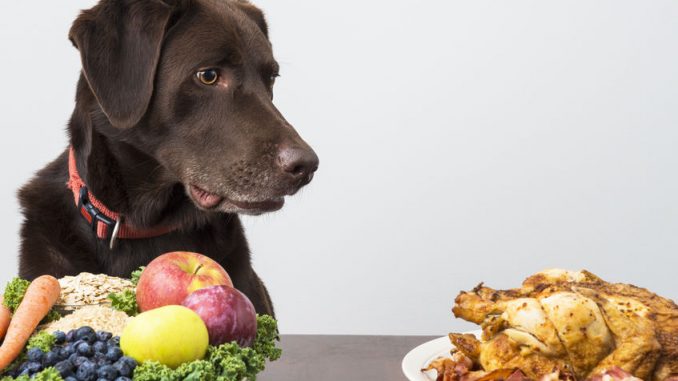
Pet foods used to be about pouches and dogs with wagging tails. In recent times the focus has suddenly shifted to less meat, more vegetarian options, environmentally-friendly packaging and sustainability. That level of right-on interest has caused larger producers of pet food to scour the industry for likely takeover bids and acquisitions.
Why has the pet food market suddenly taken-off? Part of it is Covid-19 related. Being at home and adopting self-isolation means all those we live with have new meaning. Pets are right up there in our affection. We’ve also accepted that packaging, what we eat, our sense of nutrition and all the other aspects that influence human feeding also rigorously apply to our pets. What have we seen in recent months that cause such a flurry of excitement?
Environmental Aspects Of Pet Foods
Direct selling of pet foods inspired a Helsinki based start-up called Alvar Pet to seek funding for an eco-friendly ‘direct-to-dog’ service. Their mission statement was to ‘minimise the carbon pawprint’ of pets. We can see what they did there! Clearly the business sees that a targeted offering to dogs, offering all the required nutrition direct to their door implies owners have a substantial investment in both pet and country. As the business states on its web-site, ‘owning a dog shouldn’t be a choice against the climate’.
The newly created business draws on expertise from its founders who all have previous in the pet food industry. There intention is to create food with zero emission. They are offering as we write, five complete diet recipes of dry dog food to suit eight nutritional needs. They will tailor the offer based on your requirements.
Our furry companions have also been driving the pet food industry in other ways and population is one good answer to this trend.
Our world is seeing a rapidly ageing population. Globally the number of people aged over 60 years is expected to increase by 56%, from 901 million to 1.4 billion between 2015 and 2030. With this ageing population comes a developing appreciation of pet ownership. Pets are valuable companions for an older generation. Some parts of the world are noting this value in pets accordingly.
The rate of pet food consumption in Asia is probably the highest. The two leading players, China and Japan have the highest aging population rates followed by South-East Asia and Thailand. The leading countries also have the highest levels of pet ownership so its not surprising that pet food sales are highest here. In response, manufacturers have focused sales of their foods on what peoples in this part of the globe would enjoy themselves. The food has a luxurious quality with highly creative recipes, exceptional packaging, almost infinite variety. You could almost mistake it for top-end human food. It is very likely better quality in nutrition terms.
As with Alvar Pet above, major large-scale manufacturers like Nestle Purina are now customising their pet food. The most appropriate food is now available for the type of dog based on its weight, age, how much action and activity it engages in and its eating habits. Our own pet cat continually surprises us with its decision making and we are increasingly seeking out new flavours to keep our moggy interested.
At the high end, pet food is also labelled in a way that we humans would latch onto. It is not only high quality but also has claims of being organic, having vegetarian credentials, citing allergens and free of chemicals and additives. In some instances we find prescription pet foods are designed to aid animals with a range of ailments including diabetes, heart and kidney disease. For the producers of such food means there is extra value. A prescription food costs about 15% to 20% more than ordinary cat food.
Still, some aspects of the industry have not changed. Extruded food manufacture is as popular as ever and the amount of this type of product has risen 22% in the last year alone. That is on top of natural meat based foods which various market analysts claim has risen by 30%. The competitive landscape also seems fairly solid with Nestle Purina, J.M. Smucker Company and Mars still the main players.
A number of smaller businesses have been bought up to reflect changing tastes. Lilys Naturals was acquired in the early part of 2020 because of its strong environmental performance.
Perhaps the greatest influencer is the pandemic. Much of the latest market research is focusing on the way a return to work will affect owner’s views about their pets. A survey by the pet food producer, Freshpet called “Pets, People, Pandemic Poll: Navigating Pet Parenthood in the New Normal” is very revealing. The respondents were all based in the USA and the questions were about their regard for their pets and how they have behaved in their presence. The responses were and I’m quoting from their web-site:
- Over half of American pet parents (55%) say they will feel guilty for leaving their pets home when they go back to work away from home.
- Nearly two in five American pet parents (38%) want to get a new pet to keep their current pet(s) company when they go back to work away from home.
- More than four in five American pet parents (83%) say that spending time with their cat and/or dog during lock down improved their mood more than online shopping or spending time with a significant other.
Whilst there is probably some bias in the questions, it still reveals this burgeoning increase in pet ownership. Clearly pet food manufacture is a place to be.
Leave a Reply